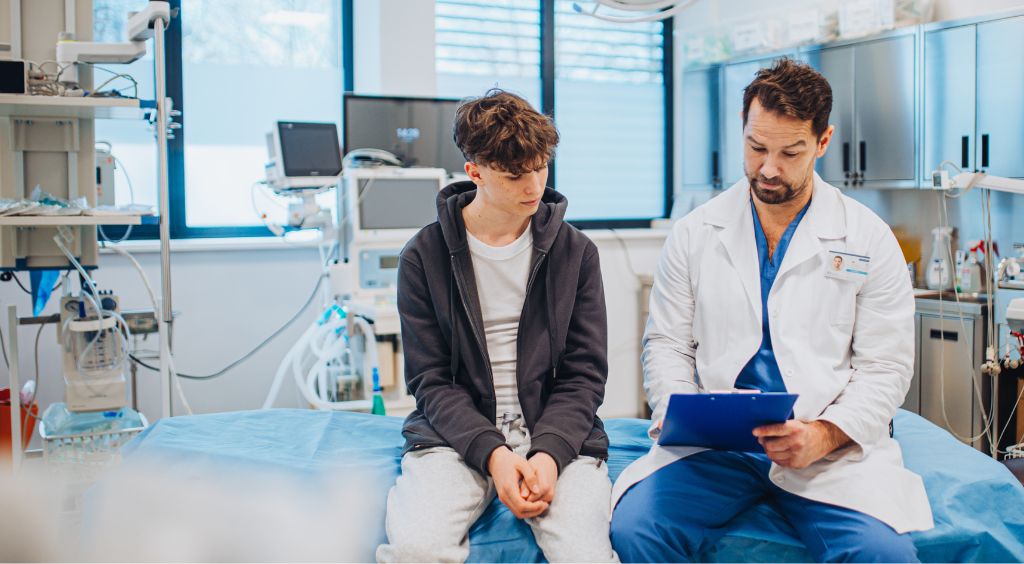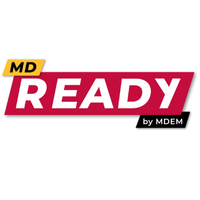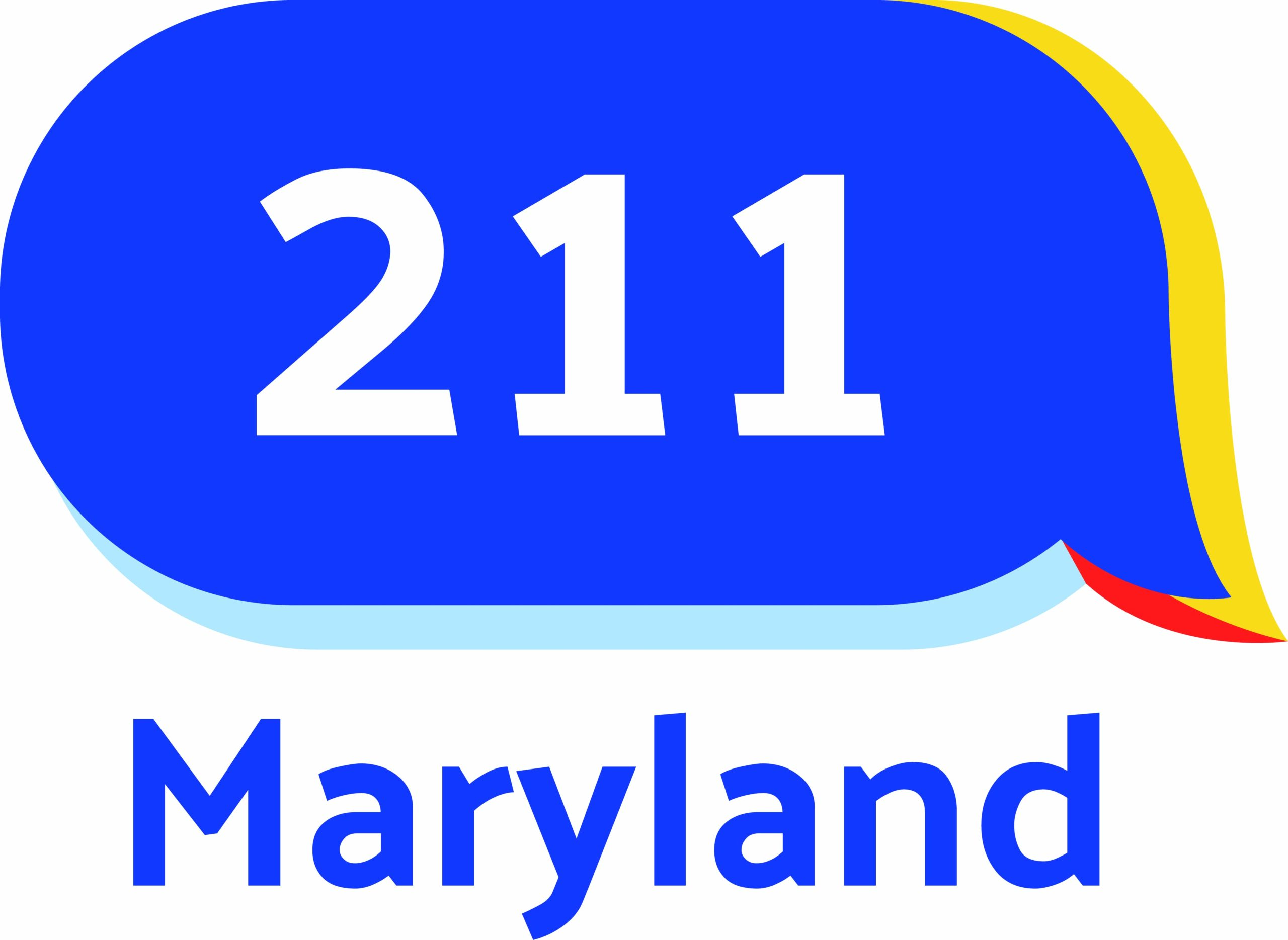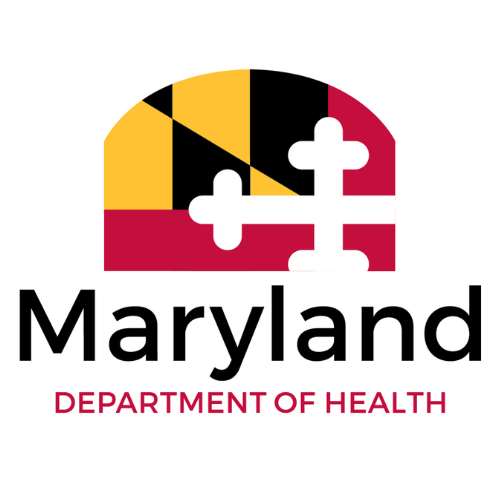
Connecting Health and Human Services
As the state-authorized administrator of 211, Maryland Information Network (MdInfoNet) ensures your constituents have consistent access to health and human services across the state. Using information and technology, we are developing more coordinated systems that connect:
- people to information
- partners to technology
- decision-makers to statewide data
Supporting Growing Needs
As Maryland faces growing needs - from mental health to housing and emergency preparedness - its ability to respond more effectively depends on how well the systems are connected and informed.
We can connect:
- thousands of community resources
- thousands of state programs
- dozens of funders
- multiple systems
Let's work together to fund the system that connects Maryland!
How We Can Work Together
Fund the 211 system in Maryland to meet growing needs.
While funding has remained flat, needs continue to increase. We need to ensure every Marylander has access to critical information when they need it, and every agency can see where help is needed most.
Support cross-agency coordination.
We can share infrastructure and develop referral and data frameworks to track cases systematically.
Connecting People

Connecting Agencies
Connecting Systems


Case Study: Care Coordination Supports Pediatric Patients
We're working with hospitals and community groups to reduce pediatric and adult behavioral emergency department overstays while also reducing readmission to the hospital.
Through a single referral portal, discharge planners at hospitals can refer cases and track them. Our Care Coordination program can solve complex cases and place patients faster, improving patient care by connecting patients and their families with the support they need.
Making An Impact
For example, a 17-year-old adolescent who had been in the emergency department for over 100 days and was eager to go home and be with her family. However, they needed adequate resources and support. Our Care Coordination program helped coordinate care so the teen could be discharged with adequate resources provided to the guardian to keep the patient out of the emergency department.
The Growing Gap Between Needs and Services
While we're able to make an impact for many patients, we're seeing needs outpace available resources, which keeps patients in the emergency room longer.
We're also seeing needs evolve faster than our systems.
The cross-collaboration, infrastructure, and technology of MdInfoNet can be leveraged to meet this growing gap and to coordinate care with hospitals, state agencies, schools, and other community behavioral health organizations.
Care Coordination is one example of an unmet need - one we see through our programs and systems across the health and human services ecosystem.
How We Can Work Together
Coordinate patient care.
Allowing hospitals and community partners to work together to support patients with the support they need after they leave the hospital. This will reduce emergency department overstays and readmissions.
Support cross-agency coordination.
We can share infrastructure and develop referral and data frameworks to track cases systematically.
Use Data To Drive Policy Decisions
We can work together to share information about needs in statewide communities. Our data can help inform the direction of policy, planning, and legislation.
The data can be customized for a program or legislative area, helping to identify emerging needs trends in communities and across the state. Connect with us to access data for your district.
In the interactive dashboard below, you can sort by policymaker and by date range.
How We Can Work Together
Share information about community needs.
Our data can help inform the direction of policy, planning, and legislation on a statewide and district level.
Our Programs and Partners
Help Us Make Connections





Let's Not Lose These Connections - Health Check
State legislators and Congressman Jamie Raskin came together to prevent suicides with a first-of-its-kind weekly mental health check-in program. For four years, the program provided proactive and compassionate support, making over 24,000 calls last fiscal year alone.
MdReady
We built the infrastructure to create a state emergency alert system, sending text messages to notify Marylanders before, during, and after an emergency or severe weather. The alerts are customizable by location(s) and language, but 200,000 subscribers will lose these notifications.
How We Can Work Together
We need funding to support these programs.
The infrastructure is built. With Health Check, we also have trained professionals eager to check in with Marylanders on a weekly basis. We need funding to sustain these programs.

Meet Kenyn Benjamin
President and CEO
Growing up in East Baltimore, Kenyn Benjamin is familiar with the needs of Maryland and the potential for a more connected health and human services ecosystem to change lives, change how Marylanders get help, and change how Maryland responds to needs.
"We will build a more connected Maryland where every agency can see where help is needed, every resident can find support, and every investment leads to measurable outcomes."
He brings 5 years of experience with the nonprofit to his role as CEO. He's a familiar face for many longstanding partners, having worked closely with them to develop innovative programs that are built on technology to strengthen service delivery for state agencies and community partners.
Kenyn is eager to bring that knowledge and program-specific experience to inform the organization's vision for the future and to shape its role as the nonprofit that can inform policy and decisions that help Marylanders when they need it most.


How We Can Work Together
Book a call and learn how we can work together to:
- Create unified data to track outcomes for your constituents.
- Coordinate patient care.
- Use data to identify trends and inform state policy.
- Reauthorize Health Check and MdReady.
- Fund innovation to modernize systems and make them more connected and easier to access.
- Support cross-agency coordination.
Let's find ways to use Maryland Information Network's technology and infrastructure to connect Maryland!
Connect Your Constituents To Help
If your constituents need help, connect them to 211. We power the 211 system in Maryland, which provides 24/7/365 access to health and human service support.
Get access to our marketing tools that inform residents about the ways 211 can help.
